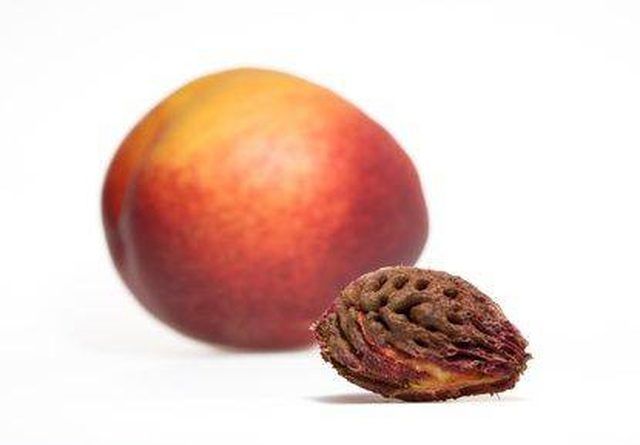Bulbs
Flower Basics
Flower Beds & Specialty Gardens
Flower Garden
Garden Furniture
Garden Gnomes
Garden Seeds
Garden Sheds
Garden Statues
Garden Tools & Supplies
Gardening Basics
Green & Organic
Groundcovers & Vines
Growing Annuals
Growing Basil
Growing Beans
Growing Berries
Growing Blueberries
Growing Cactus
Growing Corn
Growing Cotton
Growing Edibles
Growing Flowers
Growing Garlic
Growing Grapes
Growing Grass
Growing Herbs
Growing Jasmine
Growing Mint
Growing Mushrooms
Orchids
Growing Peanuts
Growing Perennials
Growing Plants
Growing Rosemary
Growing Roses
Growing Strawberries
Growing Sunflowers
Growing Thyme
Growing Tomatoes
Growing Tulips
Growing Vegetables
Herb Basics
Herb Garden
Indoor Growing
Landscaping Basics
Landscaping Patios
Landscaping Plants
Landscaping Shrubs
Landscaping Trees
Landscaping Walks & Pathways
Lawn Basics
Lawn Maintenance
Lawn Mowers
Lawn Ornaments
Lawn Planting
Lawn Tools
Outdoor Growing
Overall Landscape Planning
Pests, Weeds & Problems
Plant Basics
Rock Garden
Rose Garden
Shrubs
Soil
Specialty Gardens
Trees
Vegetable Garden
Yard Maintenance
How to Sprout a Nectarine Seed
How to Sprout a Nectarine Seed. A nectarine is a variety of peach with smooth skin. With careful attention to detail, a new nectarine plant can be sprouted from the seed. It is easy to sprout a nectarine seed, and in three to five years, you should have a fruit-bearing nectarine tree.

A nectarine is a variety of peach with smooth skin. With careful attention to detail, a new nectarine plant can be sprouted from the seed. It is easy to sprout a nectarine seed, and in three to five years, you should have a fruit-bearing nectarine tree.
Things You'll Need
Paper towel
Hammer or vise
Small plastic container with lid
Small glass jar with lid
Potting soil
Choose a pit from a tasty nectarine. Try and get a pit from a nectarine that was grown near your home. In the middle-to-late weeks of summer, visit farmer's markets and purchase home-grown nectarines. When you find a variety that you really like, save the pit.
Place the pit on a paper towel and allow it to dry out for several days. This will make it easier to crack open the pit and extract the seed.
Crack open the dried-out pit. Carefully tap it with a hammer, or slowly squeeze the pit in a vise until it cracks. Whichever method you choose, proceed with caution to avoid damaging the seeds within the pit.
Place the seeds in a sealed container in the refrigerator for temporary storage.
Remove the seed from the sealed container approximately four months prior to the last spring frost. Soak the seed overnight in room-temperature water. The next day, cover the seed in the jar with slightly-moist potting soil. Place the lid on the jar and place the jar in the refrigerator.
Check the jar every few weeks to see if the seed has sprouted. Keep the nectarine seedling in the refrigerator until it is approximately one month until the last spring frost. Plant the nectarine seedling outside if you live in zones 6 through 9. If you live in zone 4 or 5, plant the seedling in a very large pot.
Tips & Warnings
Natural inhibitors in nectarine seeds will prevent it from sprouting unless they are deactivated. Exposing the nectarine seeds to cold temperatures will deactivate these natural inhibitors. In natural conditions, this necessary chilling period occurs during the winter months.
Nectarine trees grow best in fertile soil that is well drained.